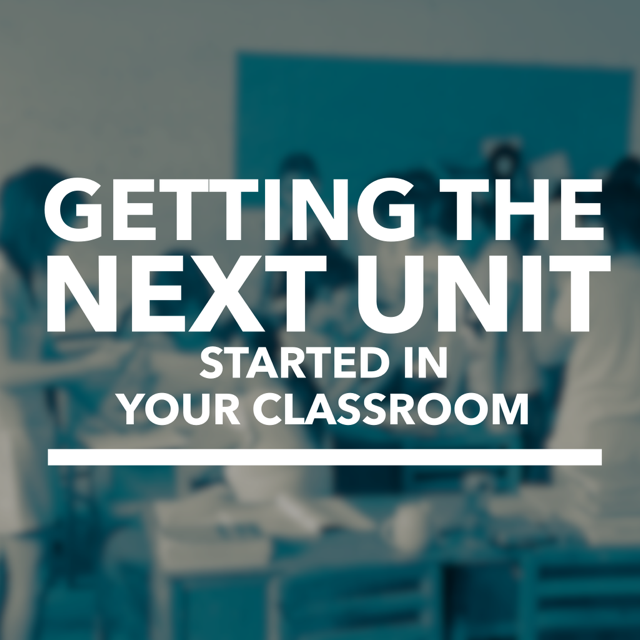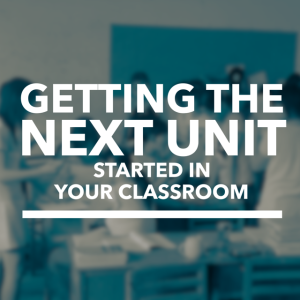While speaking at professional development seminars and workshops I often get asked the question…
“Ok, I get what good instructional units look like but what do I do between them?”
This question is very common and for good reason. It wouldn’t make sense to just go from unit to unit with no transition. In all honesty, your students would probably be less successful if you did it that way. And let’s face it, you’re going to need time to prepare your next unit and materials anyway
I use this easy-to-follow 3-day cycle:
*You can extend or shorten as needed, but 3 days seems to be a good amount of time for students to “shift” their thinking and be primed for new information based on my experience.
Day 1: Pre-assess students
On the first day after a unit ends and I have collected last minute submissions, I always give my students a pre-assessment on the unit we are about to cover. This assessment usually looks very similar to the summative assessment that students will get at the end of the unit. This test should include essential questions that align with your developed targets.
(Don’t know how to make targets? Take this FREE course.)
Once your students complete the pre-assessment you can see if any of them need to skip ahead or possibly need some extra help before you start. Assessing prior knowledge is a crucial part of any good instruction and should be done regardless of what instructional system you’re using.
Day 2: Identify Misconceptions
There are two ways I like to get my students engaged and thinking about the content we are about to cover.
The first is something that I developed called The Misconception Activity (if you click this you can download the template to make your own!).
This activity is designed to target and hit common misconceptions that may exist before your students start wrestling with the content. I give my students a carefully crafted list of statements and they must tell me if they think they are true or false. They then talk to their table partner and see if they can have their mind changed, or maybe they agree. Students then complete research to make a final decision and an evidence-based statement on why they agree or disagree with the statement. This has really helped me to get to some of the more deeply rooted misconceptions my students may have on a subject.
The Second way I like to introduce content to my students is called a SOLE.
Sole’s are Self Organized Learning Environments, created and developed by Sugata Mitra, the TED Education prize winner in 2013. He has created a quick and easy to use toolkit that lays out the general concept and instructions on how to run a SOLE in your classroom.
At its core, this is done by posing a big question on the board to your students. Students form self-selected groups that perform research and put together a response to the question. After a length of time (30-40 minutes max) the students are responsible for a presentation, stating and defending their response to the question.
Both of these tactics aim to achieve the same goal: introduce students to new material slowly and willingly to acclimate them to vocabulary and concepts they will be seeing, and to identify misconceptions they may have so you can target them with your instruction and discussions in the learning opportunities you plan to provide.
Day 3: Engage and Motivate
Now that your students have had time to wrestle with some material and slowly get acclimated to the vocabulary and concepts they are about to master, they need a reason to want to do so. I find that introducing them with a Problem Based Learning Statement (PBL Introduction) they can work towards solving, OR providing an engaging video, demonstration, or experience that they will work for the next few weeks to explain is a great way to get them motivated.
Give them a vision, a mission, and a purpose for learning. Provide them with a reason to need the information you will be providing throughout your unit. Whatever you do on the day before you start a new unit…get them excited!!!




